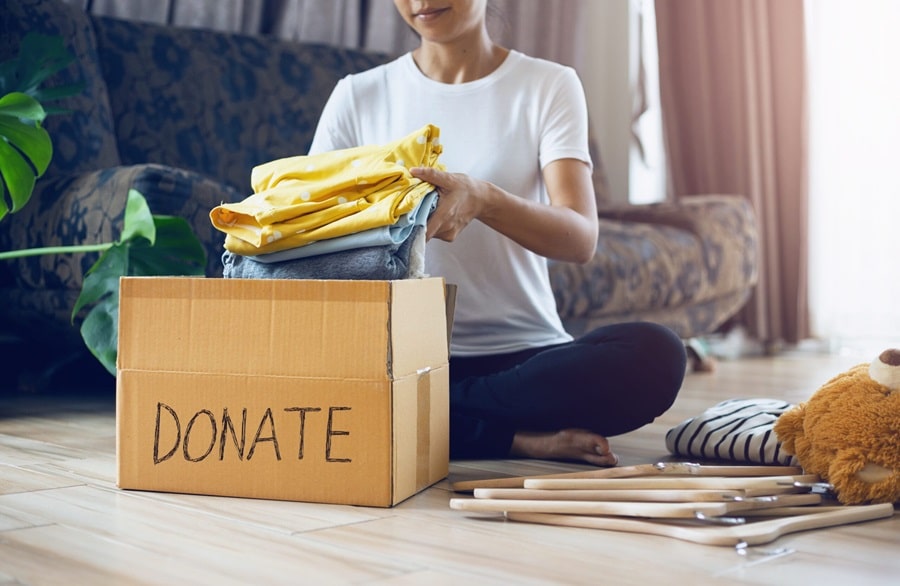Clogged drains are a common household nuisance that many homeowners face. The inconvenience of a slow-draining sink or a completely blocked pipe can disrupt daily routines. While there are many commercial products available to tackle this issue, there’s a certain satisfaction in resolving the problem using simple items found around the house. This guide will walk you through various methods to unclog your drain using everyday household items, ensuring a smooth flow once again.
Understanding the Causes of Clogged Drains
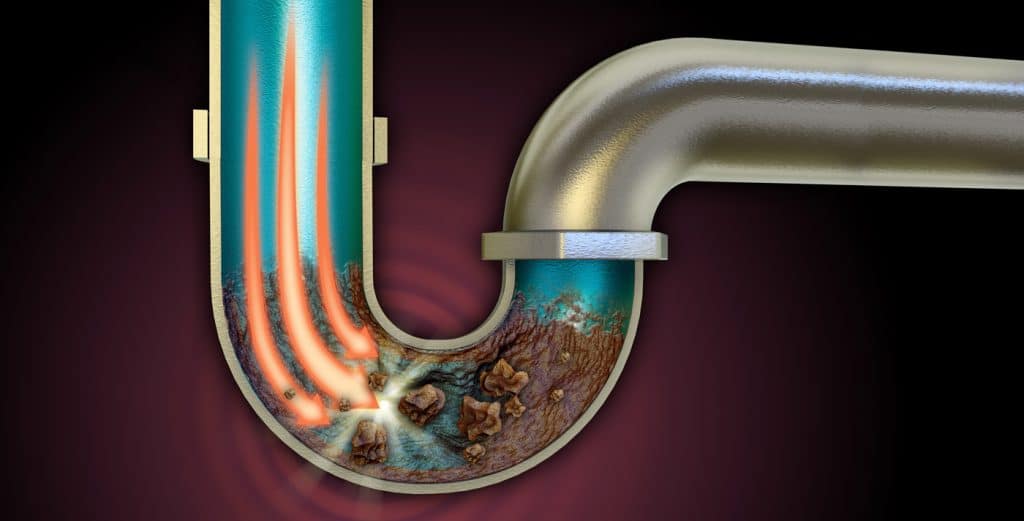
Drains can become clogged for a variety of reasons. Over time, natural build-up from substances like hair, soap, and grease can accumulate, leading to obstructions. These are often the culprits in bathrooms and kitchens, where they combine and solidify over time. Additionally, foreign objects such as toys, paper products, and other non-biodegradable items can accidentally find their way into drains, causing immediate blockages.
The Importance of Regular Drain Maintenance

Regular maintenance of your drains can save you from the hassle of major clogs and potential plumbing disasters. By keeping an eye on what goes down the drain and occasionally checking for minor blockages, you can prevent bigger issues in the future. Moreover, regular maintenance proves to be cost-effective in the long run. By addressing minor clogs promptly, homeowners can avoid the hefty fees associated with professional plumbing services and potential damage to their pipes.
Safety Precautions Before Starting
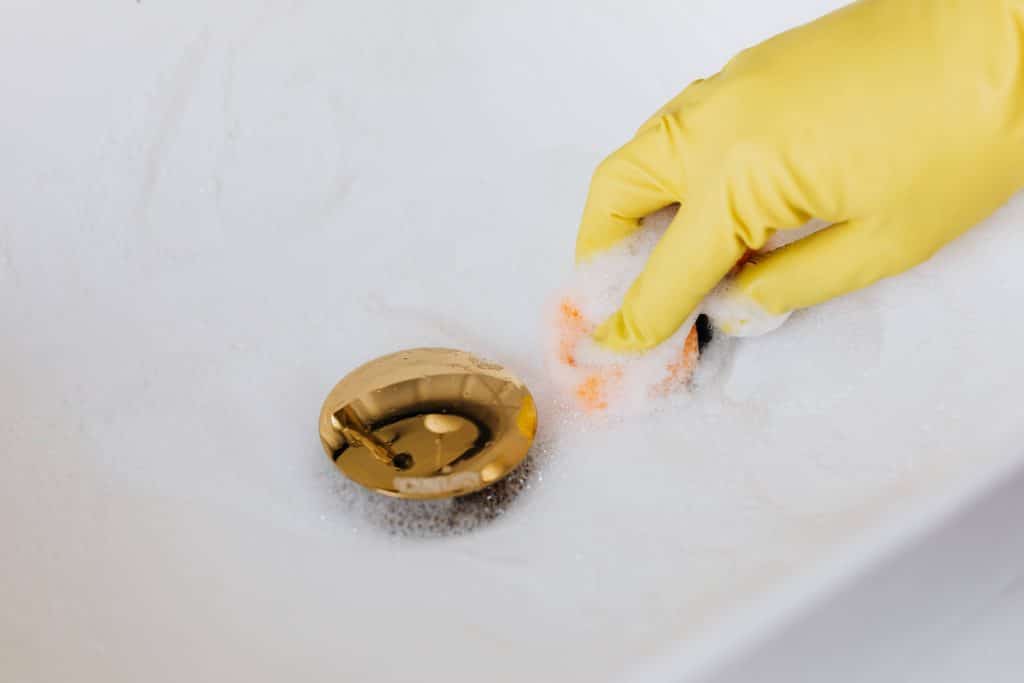
Before attempting to unclog a drain, it’s essential to take certain safety precautions to protect yourself and your home. Always turn off any nearby water sources to prevent accidental spills or further blockages. Wearing gloves will protect your hands from any harmful substances or sharp objects that might be causing the clog. Additionally, ensuring good ventilation in the working area is crucial, especially if you’re using any form of chemical solution, to avoid inhaling fumes.
Baking Soda and Vinegar Solution

One of the most popular and effective household remedies for clogged drains is the combination of baking soda and vinegar. When these two ingredients are mixed, they create a fizzing reaction that can help dislodge blockages. To utilize this method, first, pour a cup of baking soda directly into the drain, followed by an equal amount of vinegar. The bubbling action works to break down many of the organic materials causing the blockage.
After pouring the mixture, it’s advisable to cover the drain with a plug or a wet cloth to keep the reaction contained within the pipe. Allow the solution to sit for at least 30 minutes to an hour. After waiting, flush the drain with hot water to wash away the loosened debris. This method is not only effective but also environmentally friendly, as it avoids the use of harsh chemicals.
The Boiling Water Technique
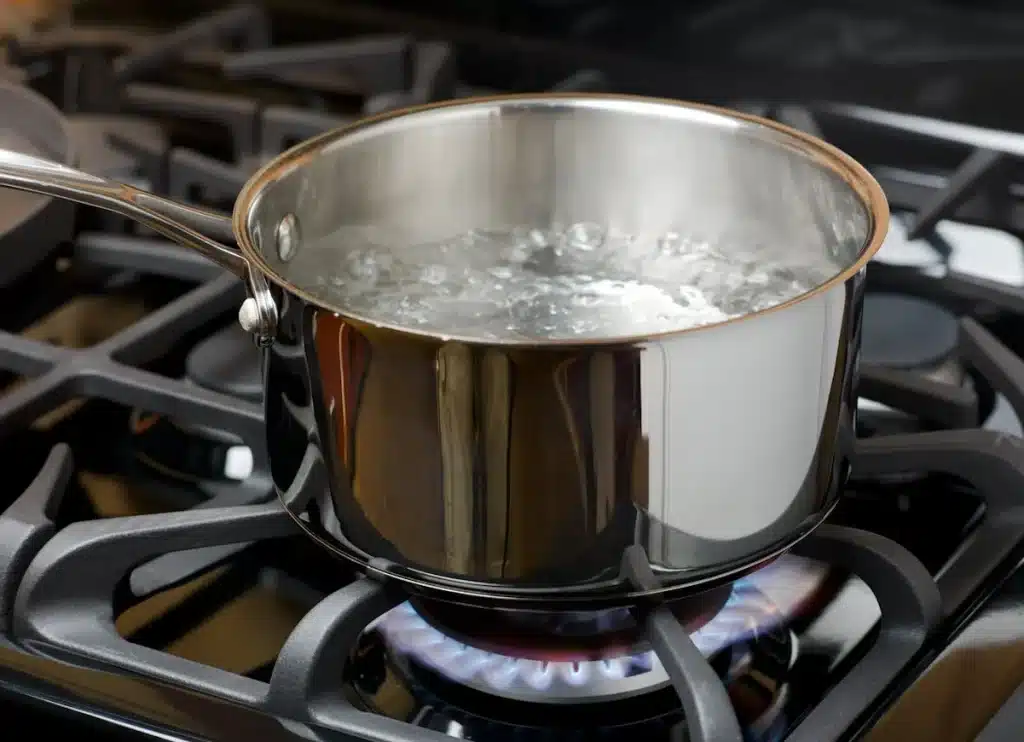
Boiling water can be a surprisingly effective method for clearing minor blockages, especially those caused by grease or soap build-up. The high temperature of the water can melt and dislodge these substances, restoring the flow. To use this technique, simply boil a kettle or pot of water and then carefully pour it down the blocked drain in two to three stages, allowing the hot water to work for several seconds between each pour.
It’s essential to exercise caution when using this method. Ensure that your sink or tub can withstand the temperature of boiling water to avoid any damage. Additionally, if you have PVC pipes, the boiling water might soften or damage them, so it’s crucial to be aware of the type of plumbing in your home before proceeding.
Using a Plunger
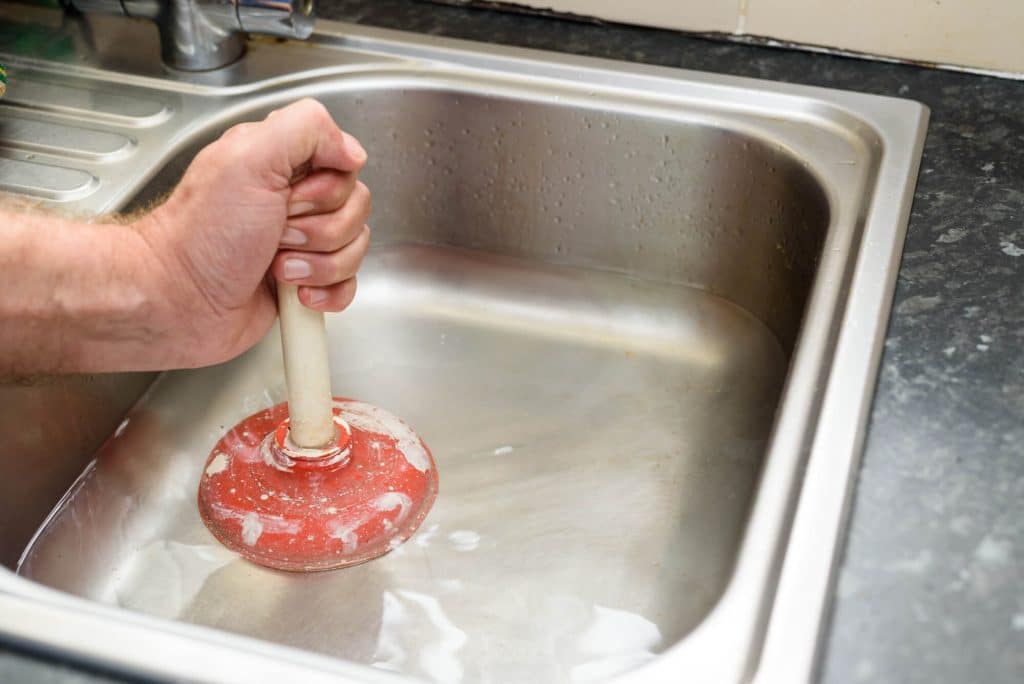
A plunger can be a handy tool for dislodging clogs, especially when the blockage is located close to the drain opening. To use a plunger effectively, first, ensure there’s enough water in the sink or tub to cover the rubber part of the plunger. This creates a seal, which is essential for the plunging action to work.
Place the plunger over the drain, ensuring a good seal, and then push down and pull up vigorously several times. The suction created can help to break up the blockage and restore the flow. After several attempts, if the water starts to drain, you’ll know the method has been successful. If not, it might be time to try another approach or consider seeking professional assistance.
Salt and Baking Soda Mixture
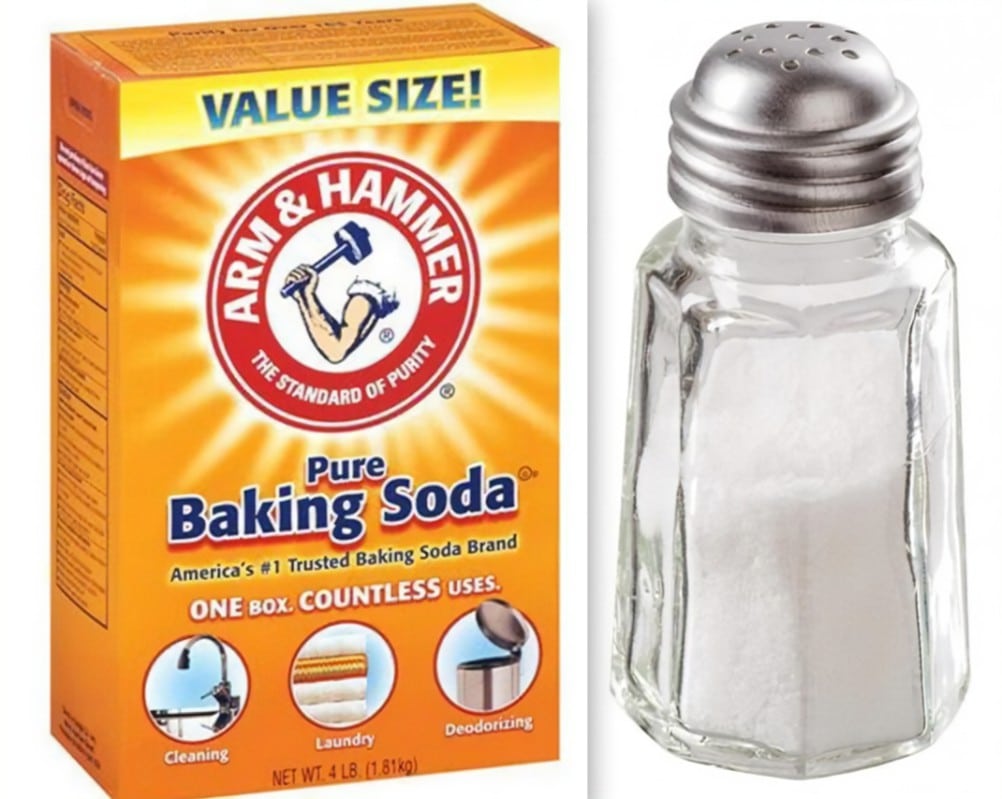
Another potent combination for tackling clogged drains is the mixture of salt and baking soda. These two ingredients, when combined, can create a powerful reaction that helps break down blockages. To prepare the mixture, combine half a cup of table salt with half a cup of baking soda. Mix them thoroughly and pour the resulting mixture directly into the clogged drain.
After adding the salt and baking soda mixture, wait for about 15 to 20 minutes. Then, pour boiling water into the drain to activate the mixture and clear away the debris. The combined effects of salt, baking soda, and boiling water can effectively dissolve many common blockages. This method is particularly useful for grease or soap-related clogs, as the salt acts as an abrasive agent, while the baking soda and boiling water work to dissolve the obstructions.
Checking and Cleaning Drain Traps

The drain trap, often shaped like a U or P, is a common spot where clogs can form. It’s designed to trap debris and prevent it from entering the main sewer line, but over time, this debris can accumulate and cause blockages. If you suspect that the clog is in the trap, it might be worth checking and cleaning it manually.
First, place a bucket or container beneath the trap to catch any water or debris. Then, using a wrench, carefully unscrew the trap from the rest of the piping. Once removed, inspect the trap for any visible blockages and clean it out thoroughly. After cleaning, reattach the trap, ensuring all connections are tight. Regularly checking and cleaning the drain trap can prevent more significant blockages and keep your drains flowing smoothly.
Drain Maintenance
Maintaining clear and functional drains is essential for a hassle-free household. While clogs are inevitable over time, understanding their causes and knowing how to address them with readily available household items can save both time and money. From simple boiling water techniques to more involved methods like cleaning drain traps, there are numerous ways to tackle blockages without resorting to harsh chemicals or professional services. Regularly practicing these methods and being mindful of what goes down the drain can ensure a smooth flow and prolong the life of your plumbing system.



